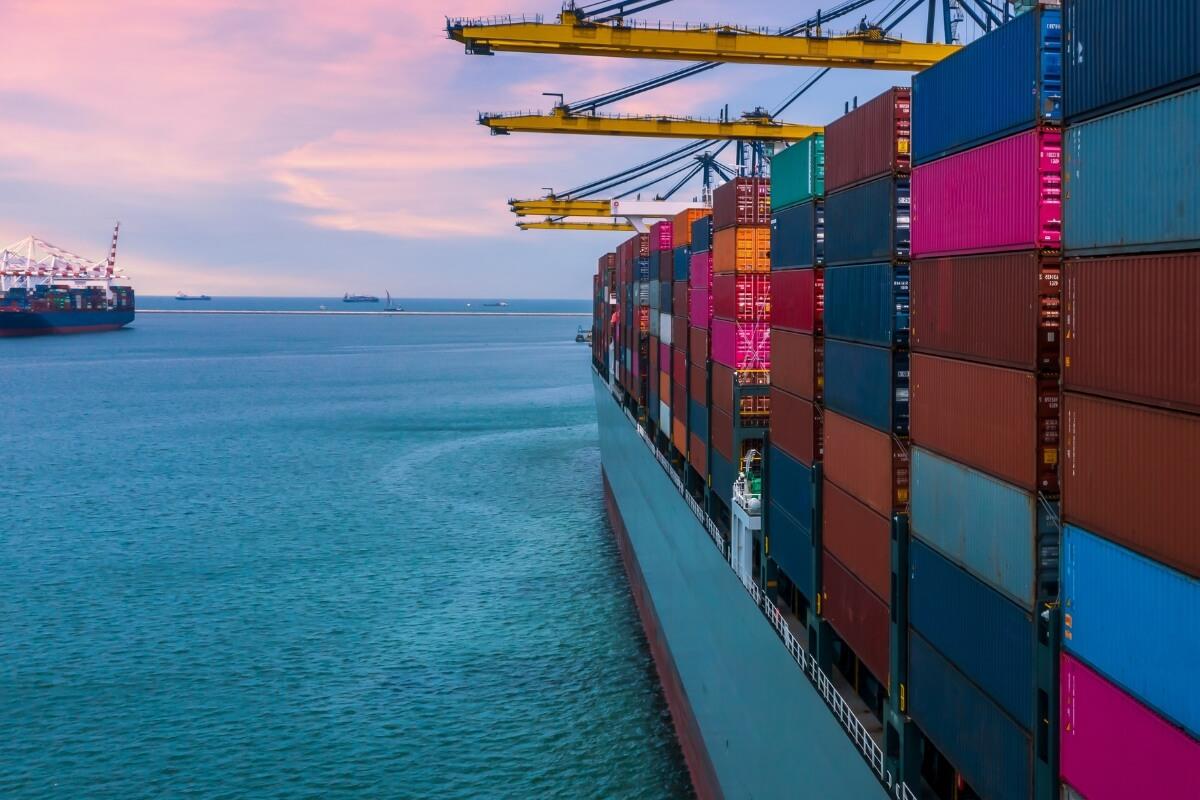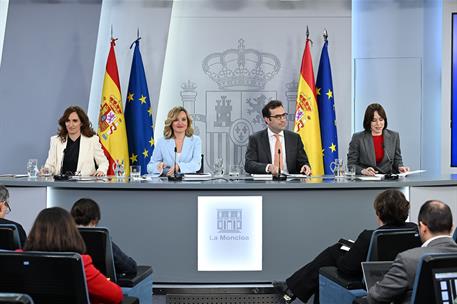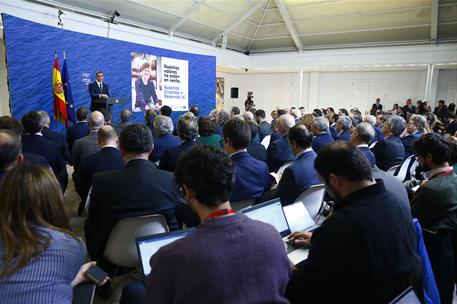
The trade relationship between Spain and the United States has been strengthened in recent years and has become consolidated as a strategic pillar of the economy. The United States is the main investment destination for Spanish companies and is the leading foreign investor in Spain. This link fosters bilateral investment and innovation and positions Spain as a reliable trading partner in an increasingly complex international context.
However, the increase in tariffs announced by the US administration could have an economic impact on the Spanish economy, especially on the sectors and companies most exposed to trade with the US.
What will be the impact of the tariff hike in Spain?
The government considers that the tariff policy announced by the United States will affect some sectors. The economic impact on the Spanish economy as a whole, according to the government's estimates, will be moderate because bilateral trade in goods with the United States has a relative weight in Spain's GDP.
However, the territorial impact of this measure could be more intense in the Autonomous Communities whose economic structure is highly exposed to foreign trade and, particularly, to trade relations with the United States.
Moreover, the increase in tariffs could have an impact on Spanish companies' commercial activity, production and employment. First, because of the size of the announced increases, in a context in which customs tariffs have been decreasing among the main developed economies. Second, because production is organised around global value chains, which means that higher tariffs would have effects that go beyond the direct competitors of the domestic companies whose activity it is intended to protect, and would also affect intermediate customers and suppliers operating in third countries.
How has Spain reacted to the US tariffs?
The Executive reacted immediately, in a preventive manner, and on 2 April 2025 set up a Social Dialogue Table with employers and trade unions to monitor the situation and address the needs of the groups affected.
The President of the Government of Spain, Pedro Sánchez, announced a day later the deployment of a Trade Response and Relaunch Plan to protect the Spanish economy, which the Council of Ministers presented and activated on 8 April. The first measures included in the plan were activated that same day with the approval of a royal decree-law which was endorsed by the Lower House of Parliament on 8 May.
What is the Trade Response and Relaunch Plan?
The Plan deploys the financial and commercial instruments available to the State to promote productive investment and facilitate the liquidity and export activity of the companies concerned. It will mobilise a total of 14.1 billion euros, of which 7.4 billion euros are new financial resources and 6.7 billion euros are from existing instruments.
It envisages two types of measures:
1. Measures to protect the productive fabric
- 5 billion guarantee line: Firstly, this line of guarantees managed by the Official Credit Institute (ICO) has been created to facilitate access to financing that favours the maintenance of productive activity and employment for both export and import companies affected by the change in tariff policy. The first tranche of this line, endowed with 1 billion euros, was activated on 15 April following the agreement of the Council of Ministers.
- ICO financing line endowed with 1 billion euros to finance companies' working capital or investment needs.
- Implementation of the MOVES III Plan, endowed with 400 million euros, an incentive programme designed to promote the purchase of electric vehicles and the deployment of charging infrastructure. The Government extended the MOVES III Plan on 1 April, extending its validity from 1 January to 31 December 2025.
- Support Fund for Productive Industrial Investment, endowed with 200 million in concessional loans or equity capital to set up and modernise production plants or processes.
- Activation of the RED (Employment Flexibility and Stabilisation Network) mechanism . The Executive will activate this instrument that will allow the companies most exposed and affected by the tariffs to request the implementation of labour flexibility measures to maintain employment.
2. Measures for restructuring and boosting internationalisation
These first three measures were activated in the royal decree-law approved by the Council of Ministers on 8 April.
- Reinforcement of the Corporate Internationalization Fund (FIEM), increasing its budget to 700 million euros. It also includes an additional 20 million euros to finance non-reimbursable operations and to continue supporting Spain's strategic international trade policy initiatives.
- Extension of the coverage of the Compañía Española de Seguros de Crédito a la Exportación (CESCE), allowing the immediate mobilisation of 2 billion euros for international projects affected by the new tariffs.
- Enhancement of the use of the Reciprocal Interest Adjustment Contract (CARI) system, the mechanism that allows companies to protect themselves against changes in interest rates linked to international trade activity.
In addition, the Trade Response and Relaunch Plan includes:
- Specific ICEX relaunch plan. The Spanish Institute for Foreign Trade (ICEX) will implement a relaunch plan to support the sectors affected by the new trade scenario, both to strengthen their position in the US market and to facilitate their access to new markets.
- Rechannelling of up to 5 billion euros of Recovery Plan funds to support the productive fabric in its transformation process. These tools will facilitate everything from the energy efficiency retrofitting of facilities to technological adaptation and the acquisition of new machinery to boost industrial competitiveness.
How will the funds be distributed?
The government will ensure that the financial instruments contained in the plan are made available to companies in a way that respects territorial balance. It will take into account the percentage of goods exports destined for the United States of companies in each Autonomous Community with respect to the total for Spain in 2024, with particular attention to those Autonomous Communities with greater exposure.
What are the additional lines of action?
The plan activated by the government complements and is in keeping with the actions taken by the European Union to respond in a unified manner to the actions announced by the United States. The Plan also includes the Government's efforts to promote the implementation of additional measures at the European level.
Specifically, the government will seek new trade agreements, prioritising the ratification of the agreement with Mercosur, as well as reinforcement with strategic partners, with the aim of growing in markets other than the traditional ones in order to guarantee demand and strengthen strategic autonomy.
The government also proposes drawing up an Urgent Action Plan to eliminate fragmentation in the European market and reduce costs in the six sectors most directly affected by the measures (agri-food, vehicles, steel, pharmaceuticals, wood and semiconductors).
Dialogue, negotiation and accountability
The government reiterates that the United States is a friend and an ally, with which it has a strategic relationship that must be protected, and therefore extends its hand to the American authorities to reach an agreed solution.
Moreover, the Executive calls on the social partners, the sectors affected, the parliamentary groups and the autonomous communities to maintain the dialogue that was opened when the plan was drawn up in order to promote its development and adjust the response in line with developments.
The actions will be coordinated by the Interministerial Commission for Trade Response and Relaunch, chaired by the Minister for Economy, Trade and Business, Carlos Cuerpo, who will also appear periodically in the Lower House of Parliament to talk about the development of the plan.
The Executive shall submit a quarterly report to Congress with a breakdown by territory, sector and beneficiaries for each of the financial instruments.
Non official translation






